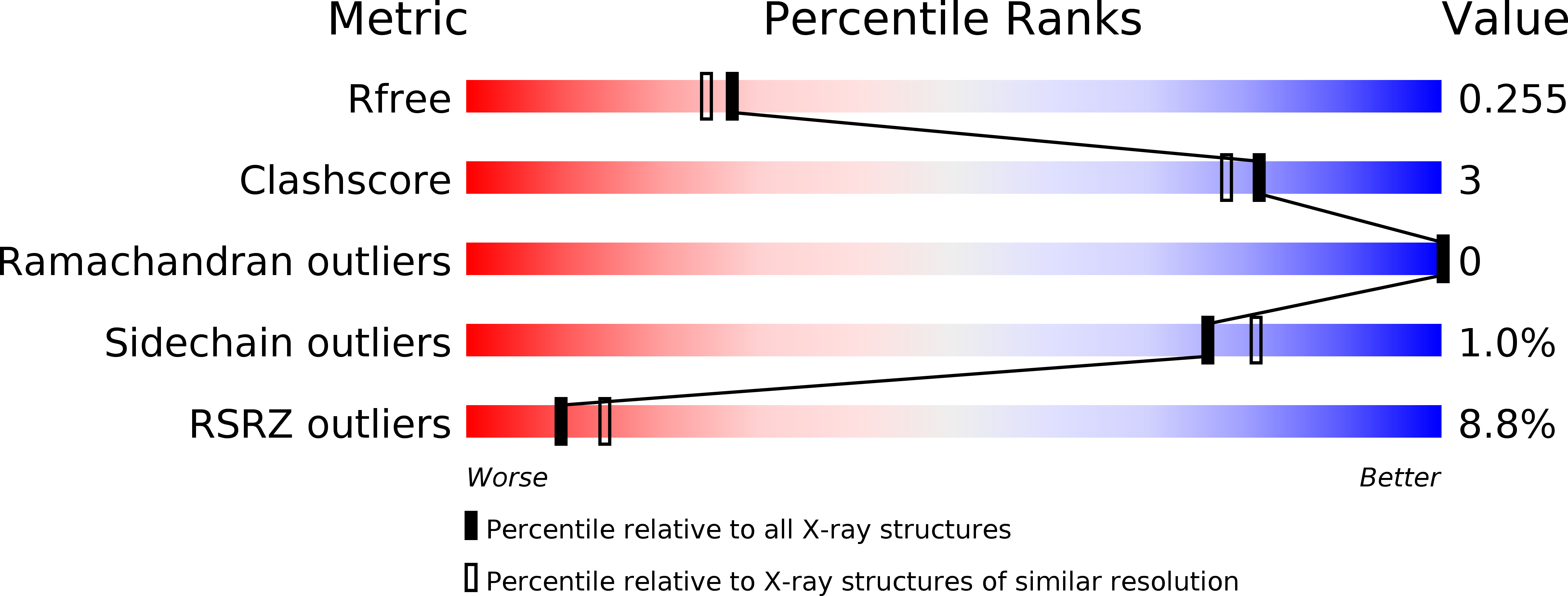
Deposition Date
2019-08-30
Release Date
2020-01-22
Last Version Date
2023-10-11
Entry Detail
PDB ID:
6U6N
Keywords:
Title:
Structure of the trimeric globular domain of Adiponectin mutant - D187A Q188A
Biological Source:
Source Organism:
Homo sapiens (Taxon ID: 9606)
Host Organism:
Method Details:
Experimental Method:
Resolution:
2.15 Å
R-Value Free:
0.25
R-Value Work:
0.20
R-Value Observed:
0.21
Space Group:
H 3


